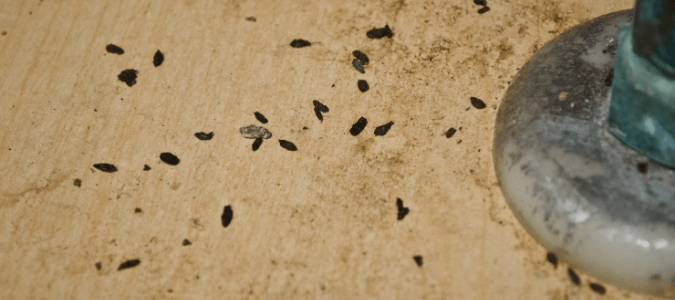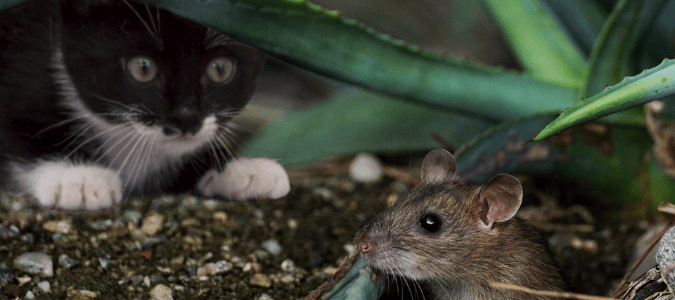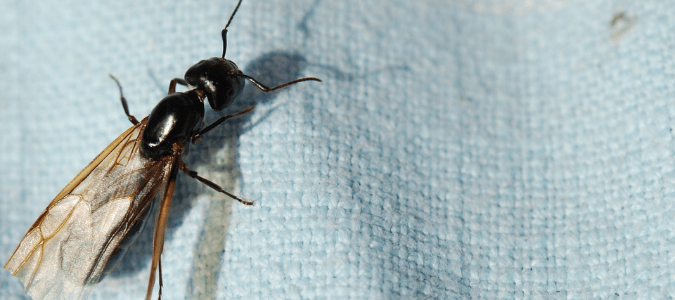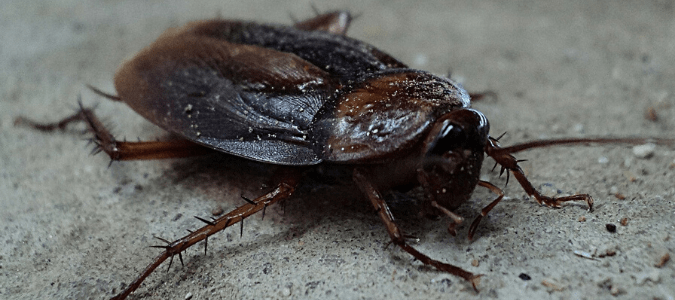What Does Rat Poop Look Like?

What does rat poop look like? This is a question that pest control specialists answer a lot. Unfortunately, it’s common to find something in your home or garage that looks like rat poop. Rats are hardy animals with lots of tricks for getting into people’s homes, attics and garages. When you find what looks like rat poop, you might wonder what type of rat it came from. Is it from a Norwegian rat or a roof rat? Could it actually be from some other pest, like a mouse?
Finding rat poop on your property can indicate a nearby infestation, so it’s important to know how to identify it. Fortunately, there are several characteristics that can tell you if what you’ve found is likely to be rat poop or something else. That way, you’ll know when it’s time to call in a pest control professional.
The two main types of rats that commonly … Read Full Post »








